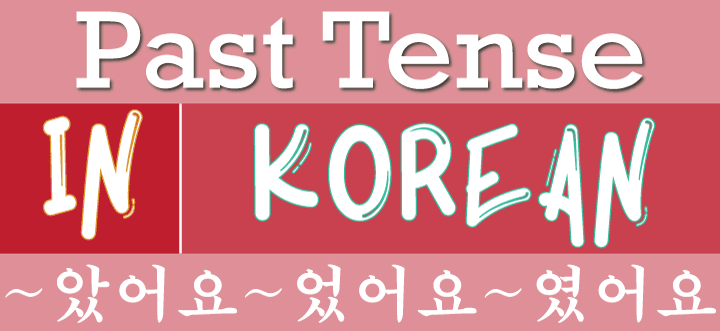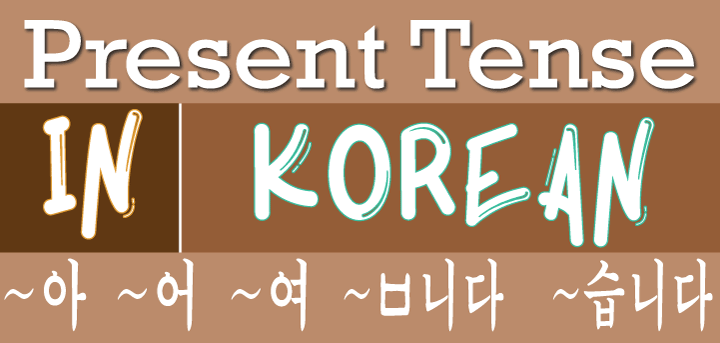Category: Basic Korean

Be in Korean
Be in Korean 이다 is “Be” in Korean. 이다, has not been conjugated yet, the same way “Be” in English has not been conjugated yet. “Be” changes to “am/is/are” based on the subject of a sentence in English. Ex. I am, He is, You are 이다 changes based on Korean honorifics and does not follow the normal…

Future Tense in Korean
How to Conjugate Future Tense in Korean This lesson will teach you how to conjugate the future tense in Korean in the most common way. All Korean verbs end in 다. Verbs usually are not used in this form and need to be conjugated. The 다 ending is dropped before conjugation. You need to conjugate…

Past Tense in Korean
How to Conjugate Past Tense in Korean This lesson will teach you how to conjugate the past tense in Korean. All Korean verbs end in 다. Verbs usually are not used in this form and need to be conjugated. The 다 ending is dropped before conjugation. You need to conjugate the verb based on Korean…

Present Tense in Korean
How to Conjugate Present Tense in Korean This lesson will teach you how to conjugate the present tense in Korean. All Korean verbs end in 다. Verbs usually are not used in this form and need to be conjugated. The 다 ending is dropped before conjugation. You need to conjugate the verb based on Korean…

Pronouns and Possessives in Korean
Pronouns and Possessives in Korean Pronouns and Possessives in Korean are very important tools. Pronouns include words like I, me, she, you, and more. Possessives include words like my, your, Jim’s, and more. Pronouns and possessives are often dropped when speaking if they are understood with context. This takes some time for you to get…





